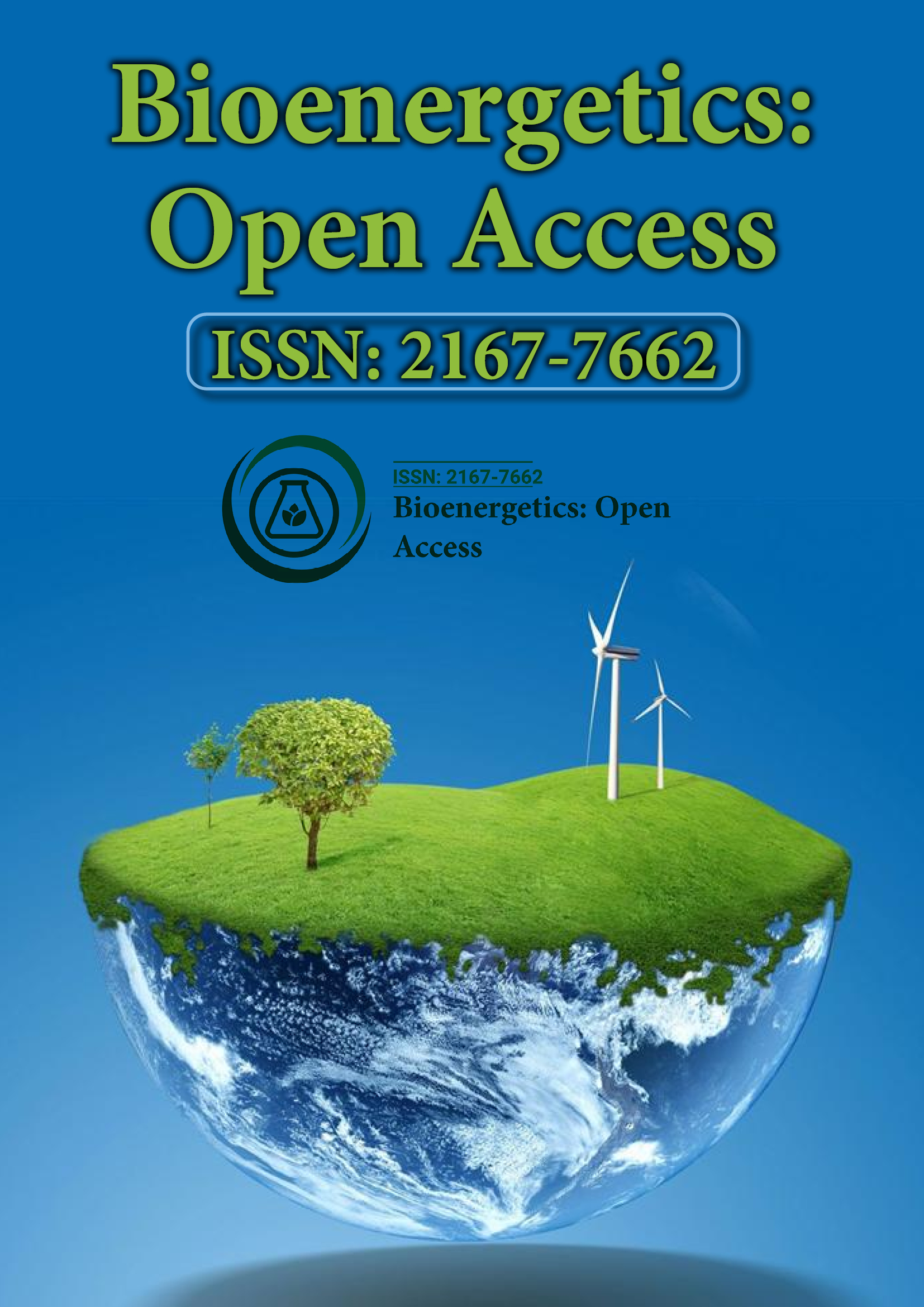Indexed In
- Open J Gate
- Genamics JournalSeek
- Academic Keys
- ResearchBible
- RefSeek
- Directory of Research Journal Indexing (DRJI)
- Hamdard University
- EBSCO A-Z
- OCLC- WorldCat
- Scholarsteer
- Publons
- Euro Pub
- Google Scholar
Useful Links
Share This Page
Journal Flyer

Open Access Journals
- Agri and Aquaculture
- Biochemistry
- Bioinformatics & Systems Biology
- Business & Management
- Chemistry
- Clinical Sciences
- Engineering
- Food & Nutrition
- General Science
- Genetics & Molecular Biology
- Immunology & Microbiology
- Medical Sciences
- Neuroscience & Psychology
- Nursing & Health Care
- Pharmaceutical Sciences
Perspective - (2025) Volume 13, Issue 1
Transport Pathways and Environmental Interactions in Tidal Systems
Johan van Dijk*Received: 19-Feb-2025, Manuscript No. BEG-25-28876 ; Editor assigned: 21-Feb-2025, Pre QC No. BEG-25-28876 (PQ); Reviewed: 07-Mar-2025, QC No. BEG-25-28876 ; Revised: 14-Mar-2025, Manuscript No. BEG-25-28876 (R); Published: 21-Mar-2025, DOI: 10.35248/2167-7662.25.13.293
Description
The proliferation of microplastics in aquatic environments has become a global concern, especially as these synthetic particles serve as vectors for co-contaminants, including antibiotics. In tidal zones, where dynamic hydrological and sedimentary processes dominate, the transport behavior of microplastic-antibiotic complexes introduces new dimensions to both marine pollution and public health risks. The tidal interface â?? constantly shifting with salinity gradients, organic matter fluxes and bioturbation â?? acts as a hotspot for the accumulation, transformation and redistribution of these co-contaminants. From a scientific and environmental management standpoint, understanding the fate and transport of microplastic-bound antibiotics in such zones is essential for developing mitigation strategies and forecasting ecological consequences.
Microplastics, especially those in the micro- and nanometer size range, possess high surface-area-to-volume ratios and hydrophobic characteristics that make them excellent sorbents for organic pollutants like antibiotics. These materials are introduced into tidal areas via multiple pathways: surface runoff, sewage discharge, atmospheric deposition and upstream riverine transport. Once in the tidal zone, microplastics interact with antibiotics present in the water or sediments, forming complex aggregates that behave differently than either pollutant alone. These interactions alter the mobility, bioavailability and persistence of antibiotics, potentially enhancing their environmental residence time and ecological impact.
Tidal systems are inherently complex due to their alternating periods of inundation and exposure, salinity gradients and bi-directional water flows. These conditions significantly influence the transport mechanisms of microplastic-antibiotic co-contaminants. For example, during high tide, suspended particles â?? including contaminated microplastics â?? can be advected inland, penetrating marshes and estuarine habitats. Conversely, ebb tides can remobilize previously deposited particles, allowing them to re-enter the aquatic column and extend their spatial distribution. This cyclical movement promotes the horizontal and vertical redistribution of contaminants, leading to intermittent exposure for both benthic and pelagic organisms.
In my perspective, the co-transport of microplastics and antibiotics in these zones poses unique threats. Not only do they challenge traditional contaminant modeling frameworks, but they also raise concerns about the development and propagation of antimicrobial resistance. The physical presence of microplastics in sediments or biofilms provides a substrate that can harbor microbial communities, including antibiotic-resistant bacteria and resistance genes. These micro-environments facilitate horizontal gene transfer, especially under selective pressure from adsorbed antibiotics. Therefore, tidal zones may function as incubators for antimicrobial resistance, linking environmental pollution to a broader public health crisis.
Current studies on the transport of microplastics in marine and estuarine systems often neglect the chemical load these particles carry, treating microplastics as inert particles rather than active chemical vectors. However, recent research has demonstrated that the binding of antibiotics to microplastics alters not only their physicochemical properties but also their behavior under varying tidal conditions. For example, the salinity-dependent sorption-desorption of antibiotics such as sulfamethoxazole or tetracycline on polyethylene microplastics can lead to variable release rates depending on the tidal cycle. Similarly, microbial colonization of these particles can influence degradation or transformation of the antibiotics, leading to the formation of metabolites with unknown ecological effects.
The transport of co-contaminants is further influenced by particle size, polymer type and environmental factors such as temperature, pH and organic matter content. Nanoplastics, due to their small size and greater mobility, can penetrate biological membranes and even cross trophic boundaries, enhancing the potential for bioaccumulation and biomagnification. Additionally, biofouling of microplastics can increase their density and change their sinking behavior, allowing them to shuttle antibiotics into benthic sediments, where long-term storage and microbial interactions can occur. Understanding these coupled processes is vital for evaluating the long-term ecological risks and for guiding pollution management strategies in tidal systems.
In conclusion, the transport of microplastic-antibiotic co-contaminants in tidal zones represents a comprehensive challenge at the intersection of environmental pollution, ecosystem health and antimicrobial resistance. The dynamic nature of tidal systems amplifies the mobility and interaction of these pollutants, complicating their fate and ecological consequences. Addressing this emerging issue requires a change towards how we conceptualize and manage marine pollution â?? recognizing not only the physical but also the chemical and biological dimensions of microplastic contamination. Only through collaborative research and informed policy can we hope to minimize the impacts of this evolving environmental threat.
Citation: van Dijk J (2025). Transport Pathways and Environmental Interactions in Tidal Systems. J Bio Energetics. 13:293.
Copyright: © 2025 van Dijk J. This is an open access article distributed under the terms of the Creative Commons Attribution License, which permits unrestricted use, distribution, and reproduction in any medium, provided the original author and source are credited.
